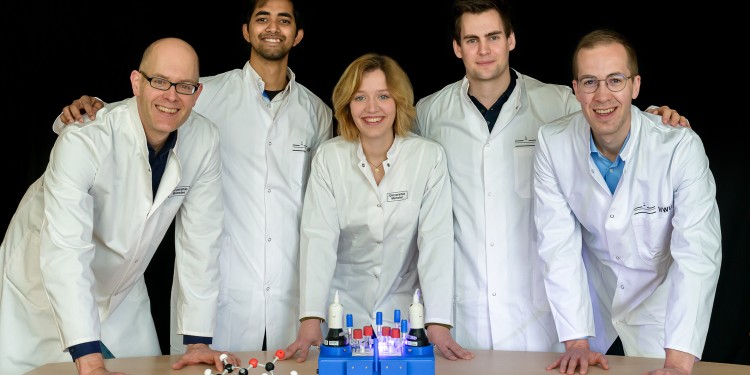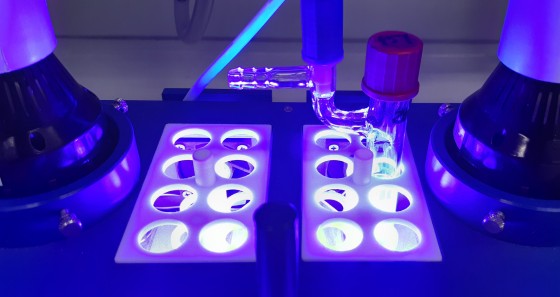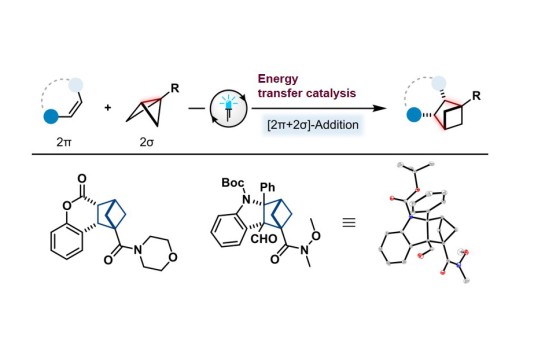
Chemists discover new reactivity of strained molecules
In synthetic organic chemistry, so-called cycloadditions are a particularly important class of reactions. With this type of reaction, ring-shaped molecules can be constructed simply and efficiently by joining (“adding“) two compounds that each contain double bonds. A team led by Prof. Dr. Frank Glorius from the University of Münster has now succeeded in performing an unconventional cycloaddition in which a carbon-carbon double bond reacts with a carbon-carbon single bond. In double bonds, atoms are connected by two pairs of electrons; in single bonds, only one pair of electrons is involved. The key to success was the use of particularly "strained" single bonds. To enable mild reaction conditions, the chemists used a photosensitizer, a catalyst that drives the reaction using light energy. The study has now been published in the journal Nature.
"In addition to its conceptual and mechanistic importance, this method also has a synthetic benefit,” explains lead author Roman Kleinmans. “This is because we can use it to build polycyclic, three-dimensional carbon scaffolds that have been difficult or impossible to access. Such three-dimensional architectures are fascinating and play an increasingly important role in medicinal chemistry."

For more than a century, so-called [2+2] photocycloadditions have been studied and developed. Research has focused specifically on [2π+2π]-systems in which, for example, two double bonds react to form two new single bonds giving a four-membered ring product. The team from Münster has now achieved a breakthrough by realising this type of reaction using a single bond ("2π+2σ").
The team used a class of compounds with "strained" single bonds: so-called bicyclo[1.1.0]butanes (BCBs). These carbon compounds have a butterfly-like shape, with two linked triangles on the single bond that look like wings. The internal wing angles (60 degrees each) deviate greatly from the ideal unstrained angles (109 degrees each). The opening of the central single bond releases strain energy – thermodynamically favouring the reaction with the carbon-carbon double bond. Using this strategy, the researchers also succeeded in incorporating a nitrogen atom into the carbon skeleton of the product.

Funding
The Chemical Industry Fund, the German Research Foundation and the Korean Institute for Basic Science provided financial support for the work.
Original publication
Roman Kleinmans, Tobias Pinkert, Subhabrata Dutta, Tiffany O. Paulisch, Hyeyun Keum, Constantin G. Daniliuc and Frank Glorius (2022): Intermolecular [2π+2σ]-photocycloaddition enabled by triplet energy transfer. Nature, unedited version/Accelerated Article Preview; DOI: 10.1038/s41586-022-04636-x
